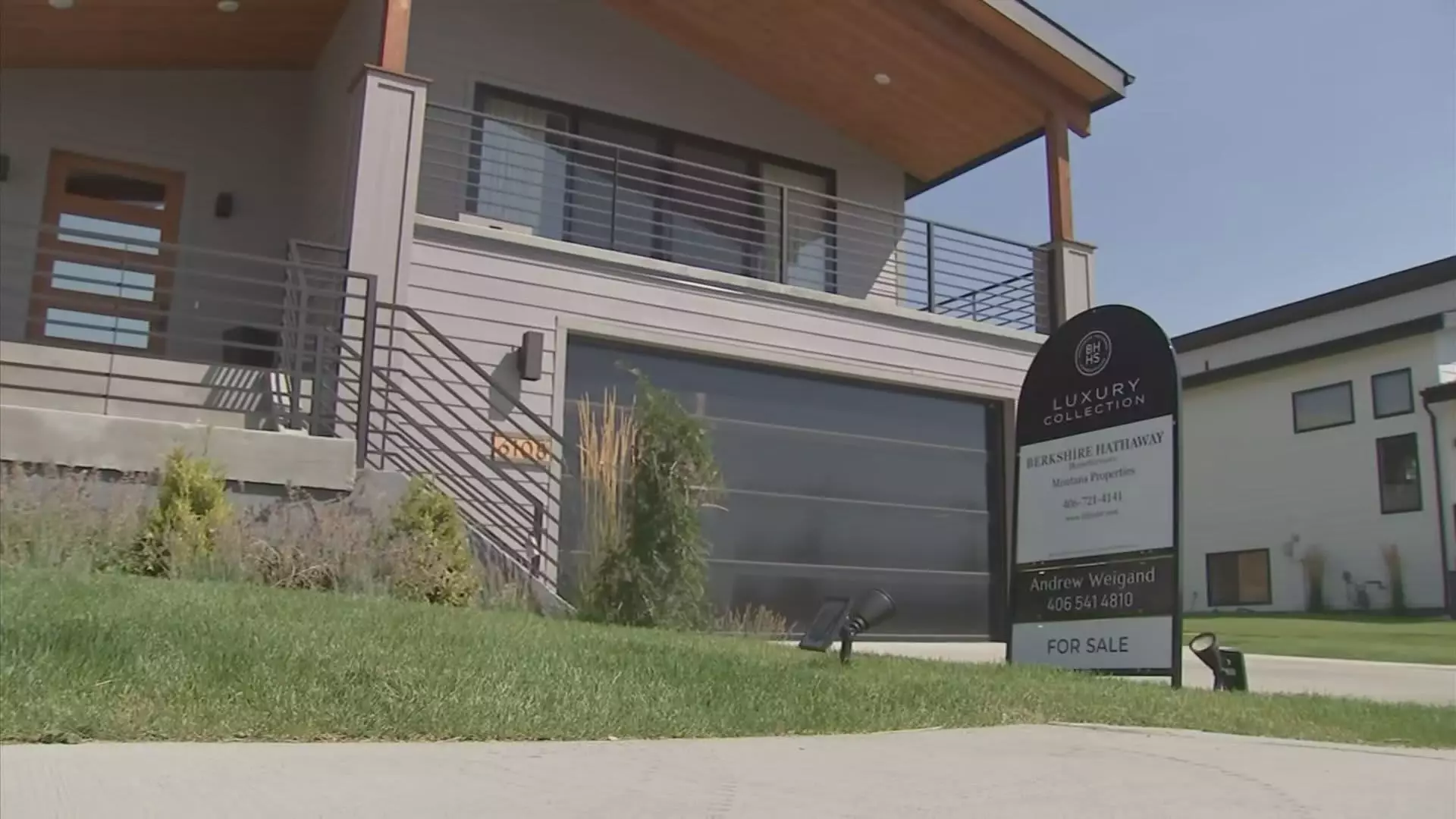As the 2025 buying season approaches, the landscape for first-time homebuyers is becoming increasingly challenging. The notion of starter homes—modest properties that once provided a feasible entry point into homeownership—is becoming more like a myth, disappearing rapidly from the market. Traditionally defined as residences under 1,400 square feet, starter homes are typically affordable and practical for new buyers. However, recent data from the Census Bureau reveals that only a mere 9% of newly constructed homes in the U.S. fit this description in 2023, starkly contrasting with the approximately 40% available in 1982. This decline is indicative of deeper issues plaguing the real estate market, and it raises concerns about the future of homeownership in America.
The challenge of accessing starter homes is largely attributed to restrictive zoning regulations that dictate what can be built and where. These laws vary by locality and often elevate construction costs to unsustainable levels, making it difficult for builders to produce affordable housing. Sam Khater, chief economist at Freddie Mac, has pointed out that many builders are not unwilling to develop starter homes but are, in fact, unable due to mounting expenses. The financial strain is causing builders to pivot towards high-end single-family and multifamily developments, further exacerbating the scarcity of affordable options.
From 2020 to 2024, home prices surged by over 52%, according to the S&P CoreLogic Case-Shiller U.S. National Home Price Index, a statistic highlighting the urgency of the current situation. Increased costs of labor and materials—averaging a 50% rise over the past decade—are compounded by land prices that have tripled in that same timeframe, as noted by Selma Hepp, chief economist at CoreLogic. Such economic pressures not only deter builders from developing starter homes but also push potential buyers further from their aspirations of homeownership.
The aftermath of the 2007-2008 financial crisis intensified the decline in starter home construction, leading to industry consolidation and a significant drop in new home builds. Currently, the rate of new home construction continues to lag behind the levels experienced in the early 2000s. Compounding this issue is the relatively low supply of existing homes for sale, driven by homeowners who are reluctant to relinquish their properties adorned with low mortgage rates. As a result, many potential first-time buyers find themselves in an increasingly competitive and unaffordable market.
With mortgage rates hovering close to 7%, the resultant drop in available homes has led to a troubling disconnect: the number of first-time homebuyers is at an all-time low, while cash buyers—often investors—abound. Jessica Lautz, the deputy chief economist at the National Association of Realtors, expresses concern about this peculiar market dynamic. Notably, the median age of first-time homebuyers has climbed to 38, a remarkable increase from 29 in 1981. This shift suggests that many prospective buyers are either delaying their entry into the housing market or are being priced out altogether.
Addressing the starter home crisis requires a multifaceted approach involving policymakers, builders, and communities. Solutions may include revising zoning laws to promote the construction of smaller, affordable homes and streamlining the building process to reduce costs. Additionally, innovative financing options and support programs for first-time buyers could help ease the path to homeownership, creating a more balanced real estate market.
The future of homeownership rests on the ability to adapt and respond to the evolving needs of buyers. Unless significant changes are made, the dream of owning a starter home may remain just that—a dream—for many Americans looking to enter the housing market in the coming years. As we approach the 2025 buying season, it is crucial to remain vigilant and proactive in preventing the further disappearance of these essential housing opportunities.

